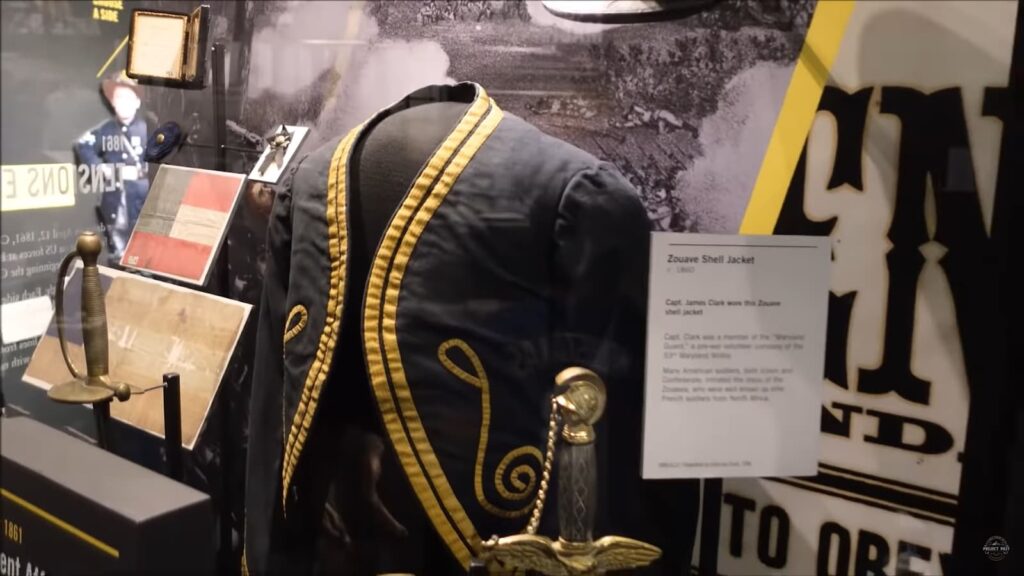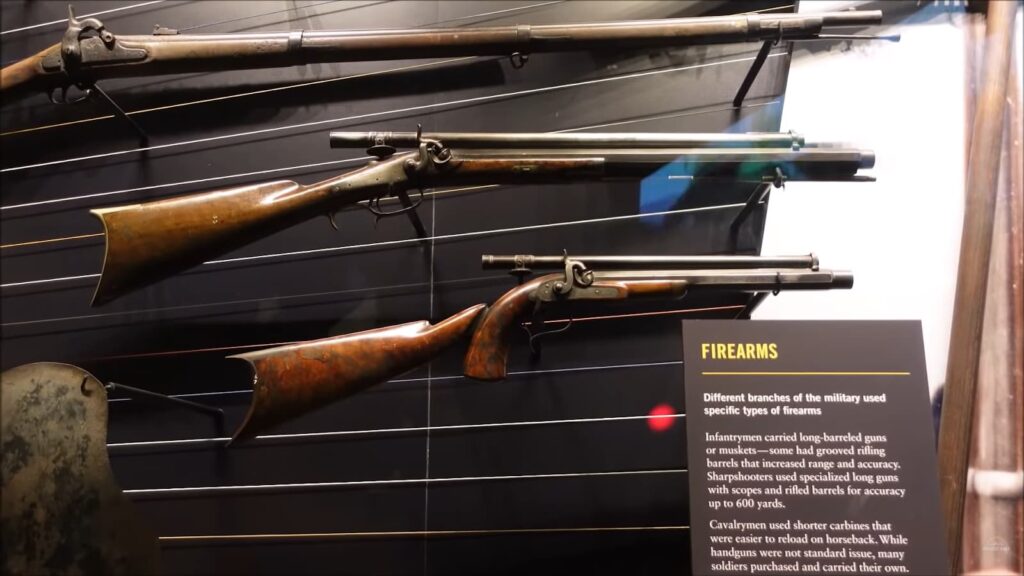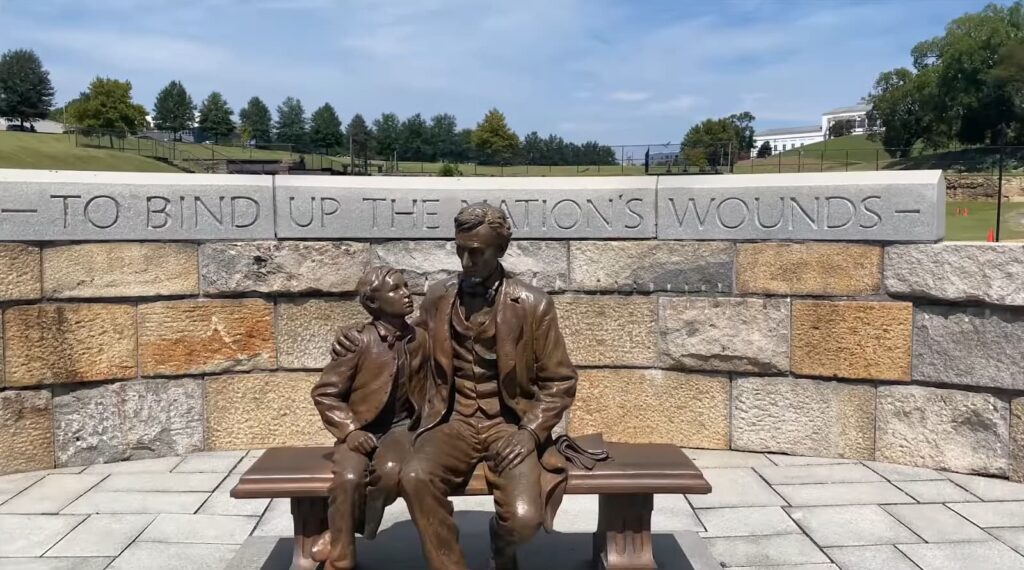Many tourists exploring Washington D.C., our nation’s capital, consider visiting Thomas Jefferson’s Monticello in Charlottesville, Virginia, a must-do. If you’re making the lengthy 3-hour drive, consider breaking it up by stopping at two remarkable Civil War battlefields in Culpeper, halfway along the route. To make the most of your trip, consider enlisting the services of a knowledgeable local battlefield guide to ensure a smoother and more enjoyable experience. Save time and avoid potential challenges with expert guidance.
Brandy Station: A Prelude to Gettysburg
The inaugural battleground of Brandy Station, situated slightly over an hour from Washington D.C., forms an integral part of the Culpeper Area Battlefields. Nestled 10 miles north of the historic downtown of Culpeper, Brandy Station set the stage for the Gettysburg Campaign, marking the advent of the largest cavalry engagement in North American history.
- This pivotal conflict at Brandy Station unfolded on June 9, 1863, during the onset of Robert E. Lee’s second foray into Northern territories, a campaign culminating in the iconic Battle of Gettysburg;
- In the early days of June 1863, Robert E. Lee embarked on his second Northern invasion, stealthily departing from Fredericksburg towards the Shenandoah Valley. In an effort to shield his strategies from Union General Joseph Hooker’s intelligence, Lee congregated his cavalry forces under the command of JEB Stuart near Culpeper;
- This strategic move drew the attention of the Union forces. Consequently, Union cavalry General Alfred Pleasonton received orders to scatter and obliterate the Confederate assembly in Culpeper.
The monumental day of June 9, 1863, witnessed Union cavalry forces boldly crossing the Rappahannock River, inadvertently colliding with Confederate cavalry troops. This encounter sparked the most extensive cavalry battle in the annals of North America. The battle’s focal point revolved around Fleetwood Hill, where ferocious saber combat ensued between the Southern cavaliers and their Northern counterparts. Despite a Union defeat, this clash marked a significant turning point, demonstrating their ability to stand firm against Confederate cavalry prowess, fundamentally transforming the Union cavalry’s tactical approach henceforth.

Today, the Brandy Station battlefield is preserved by the American Battlefield Trust and managed by the Virginia State Parks. Visitors can explore multiple sites that narrate the battlefield’s history. The Graffiti House, doubling as the battlefield’s visitor center, welcomes guests seasonally. The picturesque countryside, visible from a public telescope atop Fleetwood Hill, offers panoramic views of where dramatic cavalry charges once thundered across the landscape, igniting the imagination of visitors of all ages. The area also features trails designed for both pedestrian and equestrian use.
The Conflict at Cedar Mountain: A Historic Civil War Site
The Cedar Mountain battlefield, situated 1.5 hours from Washington D.C., is a notable site within the Culpeper Area Battlefields. This battlefield, located six miles south of Culpeper’s historic downtown, marks the final independent command of the legendary Stonewall Jackson. Serving as a pivotal conflict in the Civil War, it represents both the culmination of Richmond’s defense and the beginning of the Second Manassas campaign.
Discontent with Union General McClellan’s performance near Richmond, President Abraham Lincoln took decisive action. He formed a new Union army, intending to threaten Richmond from an unexpected direction. Under the leadership of Union General Pope, this strategy initiated the first comprehensive war campaign on Virginia’s soil. This move greatly angered General Robert E. Lee, prompting him to dispatch General Stonewall Jackson to confront this new challenge.
The intense battle at Cedar Mountain unfolded on August 9, 1862, under the scorching summer heat. The conflict began near Cedar Run Creek, in the shadow of Slaughter Mountain, with a fierce artillery battle. Intense fighting ensued with charges and countercharges across a cornfield. A surprise flank attack by Union forces almost turned the tide, but Stonewall Jackson’s legendary rallying of his troops marked a significant moment in the war, reversing the situation.

Cedar Mountain offers a unique Civil War battlefield experience. Visitors can encompass most of the battlefield from a single vantage point. Featuring a 1-mile loop trail, the site provides an excellent opportunity for a leisurely walk steeped in history.
Preservation efforts by the American Battlefield Trust have maintained this site, now under the care of the Virginia State Parks. The battlefield features a seasonal contact station visitor center. Notable sights include the preserved original road, a reconstructed rail fence, cannons, and metal soldier silhouettes along the trail, bringing history to life for visitors.
Culpeper: A Blend of Civil War History and Small-Town Charm
Nestled between two significant battlefields and just over an hour from Washington D.C., the historic town of Culpeper, once known during the Civil War as Culpeper Court House, serves as the county seat of Culpeper County. As a crucial hub on the Orange and Alexandria railroad, it witnessed numerous military activities, with soldiers from both sides marching, encamping, and mourning their fallen comrades.
Downtown Culpeper is rich in Civil War heritage, boasting landmarks like Confederate General A.P. Hill’s house and an array of informative Civil War Trails signs. The Culpeper National Cemetery is a site of reverence, housing impressive Civil War monuments and the final resting place for over 7,500 soldiers from nearby battlefields and skirmishes.
Present-day Culpeper captures the essence of a classic American small town, reminiscent of the idyllic “Main Street U.S.A.” It’s home to a historic, early 20th-century train depot, still functioning as an Amtrak station for trips to Washington D.C. and beyond. This depot also accommodates the Culpeper Visitor Center and the Museum of Culpeper History, where visitors can explore exhibits ranging from rare dinosaur footprints to extensive Civil War history.
The downtown area of Culpeper is a charming blend of historic architecture, quaint boutiques, unique shops, and eclectic dining options. Culinary adventures await at places like the Frost Café, offering a nostalgic 1950’s diner experience, or It’s About Thyme, which exudes a European ambiance. For those preferring casual dining, Shawn’s BBQ is a must-visit spot for its mouthwatering fare.
Conclusion
A road trip from Washington D.C. to Charlottesville unfolds the unique charm of Virginia’s historic battlefields and townscapes. Experiencing the vibrant history of Culpeper’s Civil War sites, such as Brandy Station and Cedar Mountain, paints a visceral image of the battles that shaped the course of the nation. The quaint town of Culpeper, brimming with historic architecture, boutiques, and gastronomic delights, perfectly complements this historic journey. It’s an adventure that not only educates about the country’s past but also enriches the present travel experience.
